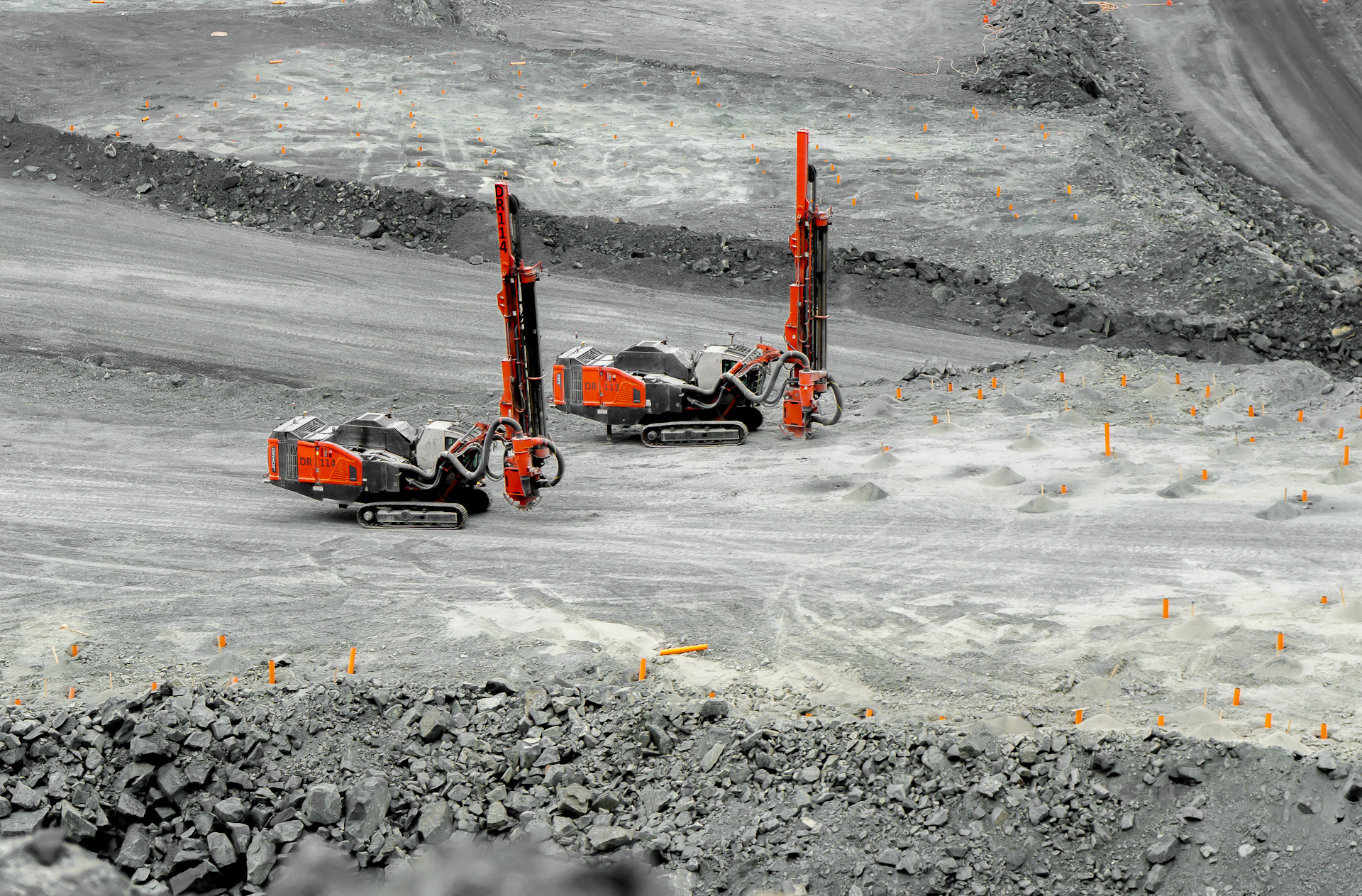Copper cops play game of cat and mouse around desert convoys

(Bloomberg) — Just weeks after the police unit was formed, they caught their first glimpse of the copper thieves — the silhouettes of a group of men on a hill overlooking the rail lines — triggering a car chase at the dead of night across Chile’s Atacama desert.
While the pursuit ended in failure, with the gang disappearing into the dark at full speed, at least the police had stopped a potential train heist.
The incident is part of a game of cat and mouse between security forces and robbers played out across an area the size of Mississippi that produces about a quarter of the world’s copper. Thefts have soared in the last few years as robbers target the trains that transport the red metal from mines high in the Andes mountains to the ports. Now, the police are fighting back, setting up the new task force in August of last year.
“They can attack a train anywhere just by blocking the railway,” said Luis Millapan, the deputy commissioner that heads the copper theft force. “Then they jump in, cut the ropes that secure the cathodes and load them into pick up vans that have been specially adapted to bear the weight.”
“Then they jump in, cut the ropes that secure the cathodes and load them into pick up vans that have been specially adapted to bear the weight.”
The new police unit has already had some success, arresting 11 people and seizing about 60 tons of mineral stolen from the mines themselves. While they haven’t managed to catch any of the gangs stealing from the trains, their increased vigilance has led to a drop in the number of thefts.
Highly specialized
“They are highly organized,” said Millapan, referring to the criminals. “They use high frequency radios, specialized clothing to stand freezing desert temperatures and know the area like the palm of their hand.”
The train heists have soared from just one in 2015 to 46 last year, according to Grupo FCAB, the logistics unit of Antofagasta Plc that owns and operates 700 kilometers (430 miles) of railway lines in the area. That trend now seems to be turning, with just two thefts registered this year, according to the police.
The 15 agents on the task force take turns to escort the trains across the desert with their own 4x4s. They focus on the convoys most likely to be robbed — those traveling on nights with a full moon, when thieves don’t need to turn on the lights in their trucks to track the trains. Train drivers also alert the police when they see suspicious moves around the railways. Most times, the suspects are long gone by the time the agents get there.
The thieves are targeting cathodes, slabs of almost pure copper weighing 80 kilos (180-pound) and worth about $500 at current prices. After they are stolen, the cathodes are buried in the desert and only recovered once police attention has cooled off. The copper is then taken to local scrapyards before being loaded into trucks, covered by waste and shipped to neighboring countries such as Peru, Bolivia and Argentina.
The two main victims last year were BHP Group Ltd’s Escondida mine, the world’s largest copper operation, and Codelco’s Chuquicamata mine, Millapan said. BHP registered no theft episodes inside its installations last year, but several to trains transporting the company’s copper, an official said by phone. Codelco didn’t immediately respond to a request for comment.
“We have identified the bands and now we need to break them up so they can be taken to court,” Millapan said. “Catching them will be a little harder because they are hiding in the desert and it’s such a vast, dark place.”
(By Laura Millan Lombrana)
More News
Sandvik introduces future of autonomous drill rig operation with AutoMine surface fleet
May 27, 2025 | 04:49 pm
{{ commodity.name }}
{{ post.title }}
{{ post.date }}



Comments